[Updated April 12 2012]
What are Icon paintings?
Image source en.wikipedia.org by Andrei Rublev (130s-1427)
An icon (from Greek ????? eik?n “image”) is a religious work of art, most commonly a painting, from Eastern Christianity and in certain Eastern Catholic churches. More broadly the term is used in a wide number of contexts for an image, picture, or representation; it is a sign or likeness that stands for an object by signifying or representing it either concretely or by analogy, as in semiotics; by extension, icon is also used, particularly in modern culture, in the general sense of symbol — i.e. a name, face, picture, edifice or even a person readily recognized as having some well-known significance or embodying certain qualities: one thing, an image or depiction, that represents something else of greater significance through literal or figurative meaning, usually associated with religious, cultural, political, or economic standing. [from wikipdedia]
Iconography is the use of images and symbols to portray a subject, movement or ideal. It can also be the use of certain symbols that convey certain genres such as religious iconography, iconography in art and iconography in film and television.
Religious Iconography
Here are examples of religious iconography:
- The cross has been a religious icon since the second century and represents Christianity. Marking the sign of the cross on someone’s forehead or chest was used to ward off demons.
- A snake or monkey is used to represent evil.
- A halo, which is a circle of light surrounding a person, is widely used in religious paintings to denote a holy person or saint. Asian religious art uses flames, called mandorla, around the body or head.
Iconography in Art
Here are examples of iconography in art including cultural arts:
- A red poppy is an icon for remembering those killed in wars, especially in World War I. Poppies are worn as a way of sharing in the grief felt for those lost in war.
- The shape of a heart is widely used to symbolize love and romance.
- There have been several symbols used for peace, including the peace sign and holding the first two fingers in a “V” shape. In ancient times the olive branch was used, as well as the dove.
Iconography in Film and Television
- Icons for the Western genre of films includes ten-gallon hats, spurs, horses, saloons, guns, jails, and the badge of the sheriff.
- Icons for horror movies may include young girls, haunted houses, and contrasting shadow and light in darkened places.
- Bad guys often wear black to symbolize evil and leather jackets, often black, are worn by rebels or tough guys.
- Thrillers are often filmed in urban neighborhoods whereas scary movies are often set in the suburbs.
- Science fiction movies have high tech gadgets and automobiles that fly.
More Examples of Iconography
- Countries have symbols for their country including birds, animals, and plants. Many countries have chosen the eagle as their national animal, including the United States, Egypt, Serbia, Austria, the Philippines, Nigeria and Panama.
- Iconography includes the use of flowers and some examples are the calla lily for death or grief, the red rose for love and passion, and mistletoe for love and affection (as used by kissing under it).
- Flags symbolize the country and even the colors have meaning. Red often represents bravery, blood, or revolution; blue can mean freedom, peace, or justice; green may symbolize agriculture, the earth, or Islam; and white may represent purity, innocence, or snow.
- The Statue of Liberty is used as an icon of freedom, friendship, immigration, and enlightenment.
Iconography provides a shortcut way to communicate. Over time an icon can become an easy way to describe a large idea in a very abbreviated way. (text source https://examples.yourdictionary.com/examples-of-iconography.html)
Here are some examples of Icons, both Western and Eastern.
Kalighat Icons – Paintings from 19th century Calcutta
India

Image source https://museum.wales/articles/2007-04-02/Kalighat-Icons—Paintings-from-19th-century-Calcutta/
Middle eastern prince
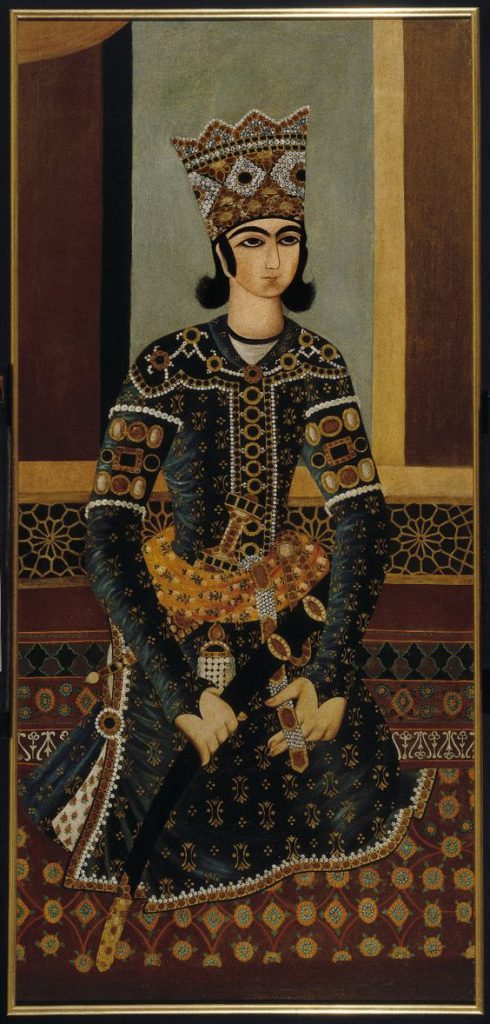
Image source brooklynmuseum.org
Tibetian Buddhism

Image source https://www.carltonrochell.com/
Ethiopian Christianity

Image source http://www.betsyporter.com/images/E_saint_w_dogs.JPG
On symbolism, meaning and reading your work:
It may seem problematic to think of your artwork being ‘read’, yet I guarantee that everyone who looks at your artwork will ask them selfs: ‘Hmm, what does this mean?‘ or ‘what is the artist trying to say?‘. Please know that I do not believe that art should be a hammer nor easy to read… As I always say, You are responsible for every square inch of your project. And yes, some traditions of Icon painting heavily direct their meaning through codified signs and symbols which have been developed over the centuries. Take a look at the Buddhist webpage on how ‘the attributes, garments, and gestures help distinguish Buddha Amitabha from Bodhisattva Avalokiteshvara’.
Your Project
Chose someone influential someone you respect- could be contemporary or historic. IT DOES NOT HAVE TO BE A RELIGIOUS FIGURE!!! This project is about having you use symbols to tell the story of the person you choose to paint. We will talk more about this in class.
To familiarise yourself with how to paint an Icon please check out this Link from a wonderful website of the Atelier-st-andre.net
How to proceed:
- List of potential subjects.
Need help coming up with a person to do? (https://collections.follettsoftware.com/collection/5e28ba8b45ac7d00123710ee) - Two pages of Icon’ish sketches
- Decide on who you are doing
- Write their story and chose symbolic images from the story to include in your painting.
- Two pages of sketches
- Full-size draft.-w/ colour And text label what each sign, symbol or thing means
- Final painting.
Non-traditional icon paintings:
- Although not a traditional halo or nimbus it works! What device could you use in your painting?
-
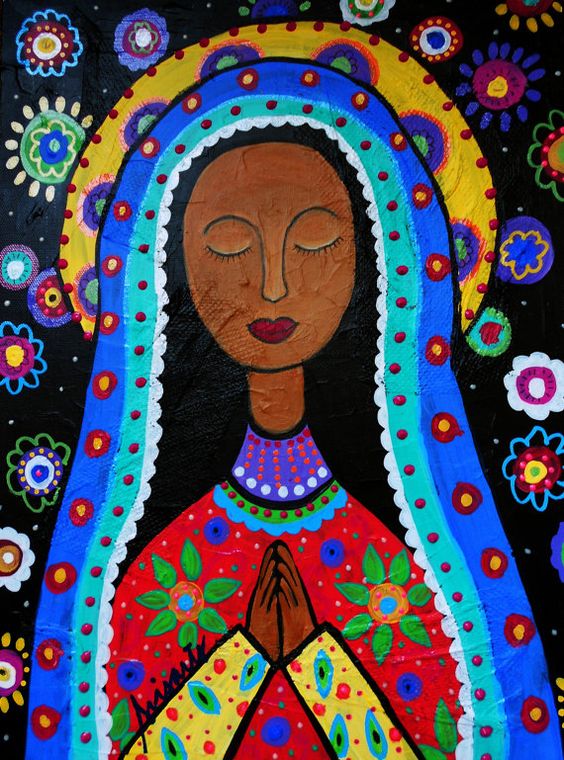
Image source Mexican Folk Art Our Lady of Virgin Guadalupe Painting PRINT Whimsical Flowers via Etsy
- Even more simplification yet this image still participates in the Icon tradition.
- And then there is this.
-
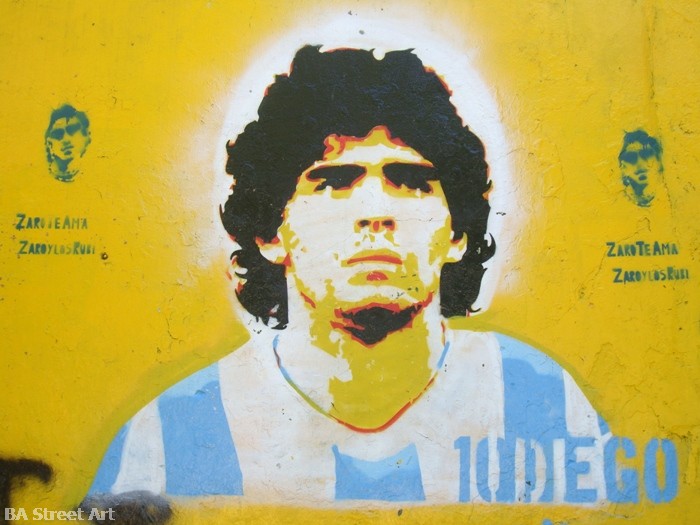
Image source buenosairesstreetart.com
- A saint for everyday life?

Image source https://www.etsy.com/in-en/listing/475448730/asian-print-asian-wall-art-asian-art
- This is pretty interesting!!!
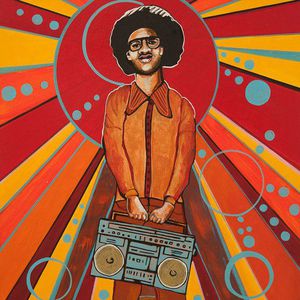
Image source https://www.mixcloud.com/LaidBackRadio/poldoore-the-upgrade/
Jean-Michel Basquiat (1966–1988)

Image source .reproduction-gallery.com

Image source .reproduction-gallery.com

Image source https://www.google.com/url?sa=i&source=imgres&cd=&cad=rja&uact=8&ved=2ahUKEwjaq-Lg8PbmAhWUuZ4KHUVBCfsQjB16BAgBEAM&url=https%3A%2F%2Fretrofire.livejournal.com%2F1123894.html&psig=AOvVaw0lpsa4xx4gAJFQ2iNCNIoD&ust=1578671766842380

Image source www.artslant.com

Image source https://www.etsy.com/il-en/listing/678561452/

Image source http://estonoesarte.com/jaime-molina/
Image source https://www.cnn.com/2017/09/19/middleeast/saudi-bedouin-art-mohannad-alosaimi/index.html

Image source http://hifructose.com/2018/12/07/kenta-toriis-dynamic-paintings-packed-with-traditional-iconography/

Image source https://www.brooklynmuseum.org/opencollection/objects/166835

Image source http://www.petergerakaris.com/icon-series/peter-d-gerakaris-white-faced-owl-icon-face-detail-commission-johannesburg-south-africa
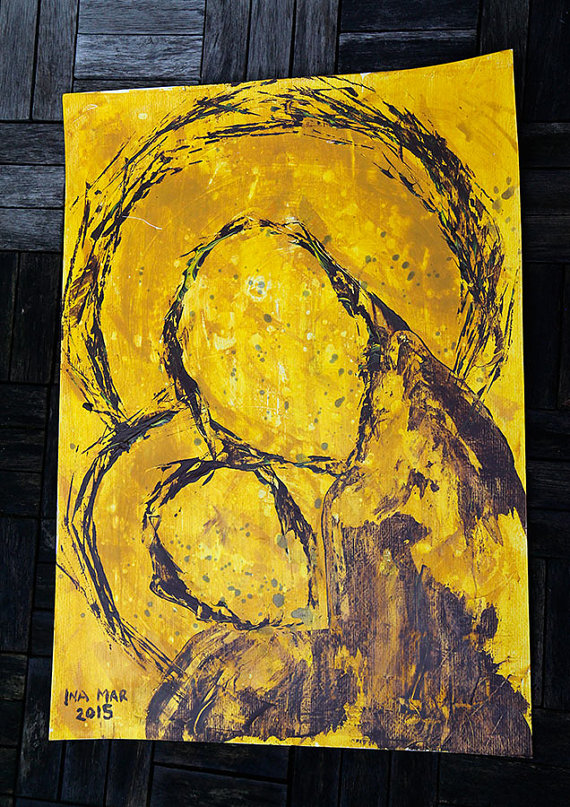
Image source https://www.etsy.com/ca/listing/218465034/modern-abstract-virgin-and-child-acrylic?ref=market
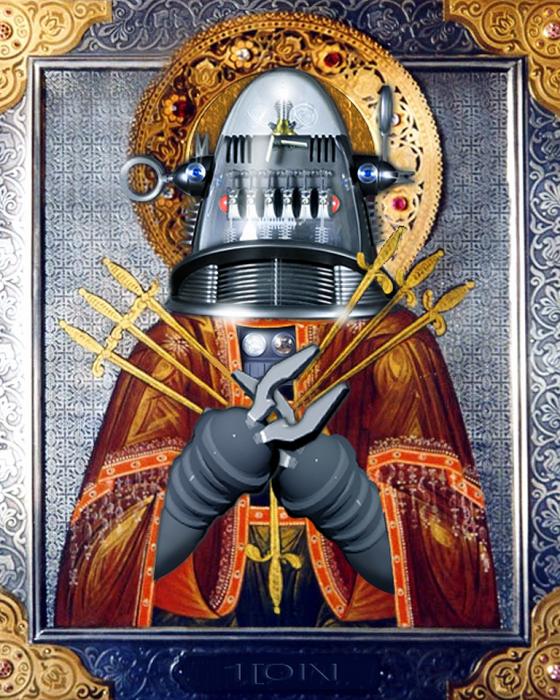
image-source-www-wicked-halo-com-by-andrew-leipzig

Image source https://www.etsy.com/shop/christinamiller
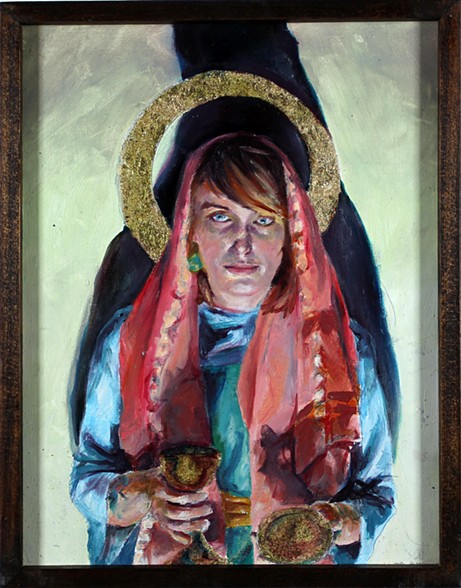
Image source journeyifc.com
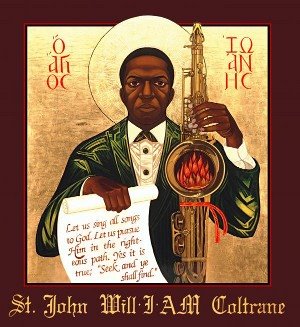
image-source-www-openculture-com
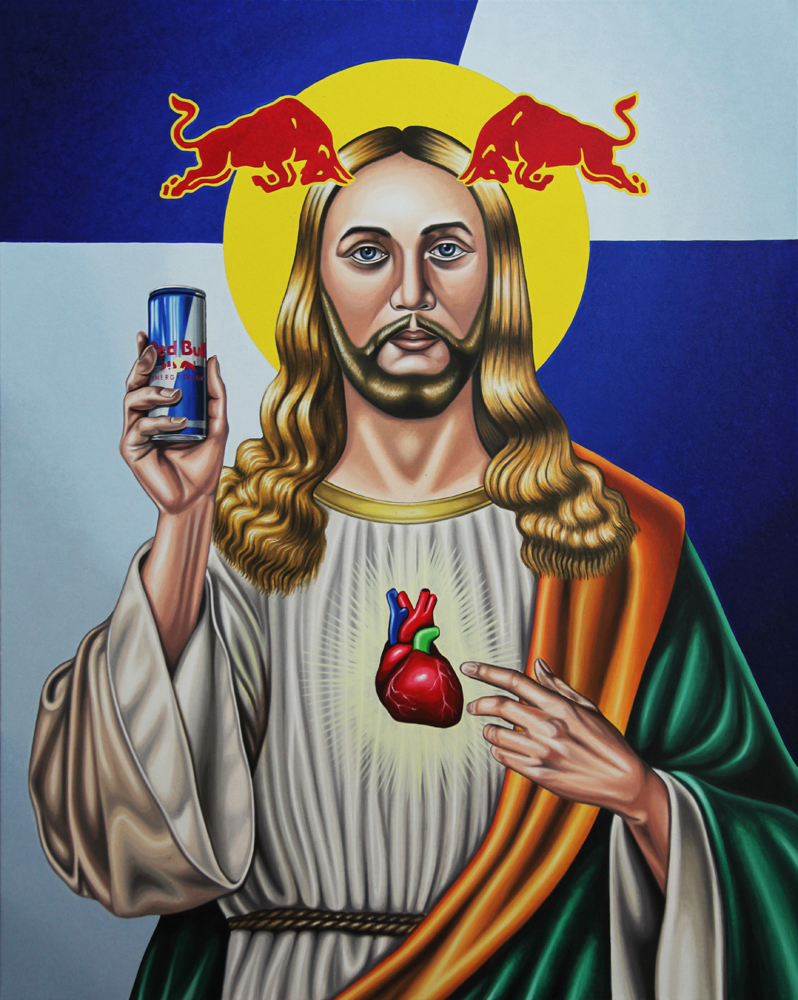
The tradision of Icon painting today are no longer strickly religouse:
Artist Robert Lentz, OFM uses the tradition of icon painting to talk about the plight of the homless-
Mother of God: Mother of the Streets
The Saudi artists imagining Western pop icons in Bedouin style
Please take a look at this site- its fun!
And here is a link to a contemporary icon painter named Nicholas Harper
Another contemporary art is that I found online is Nicola Wiltshire.
“The paintings are inspired by the beautiful stained glass windows and mosaics found at churches throughout Scotland, as well as the interior of the Blue Mosque in Istanbul and the many mountainside Orthodox churches on the Greek island of Aegina.”
https://www.nicolawiltshire.com/contemporary-icons-project
Contemporary Icons | Study for a portrait of Ariana Grande Artwork by Alessandro Scali
Resources:
Colour symbolism in different cultures
Symbolic Pictures from ancient times
_______________________________
How to make a traditional Icon painting-
step by step, linked to Atelier-st-andre.net
Choosing the wood
The board
Calculating the size
The carved board
Framing strips
Bracing
Scoring
Preparation of the glue
Gluing the board
Mounting the linen on the board
The Levkas, Gesso
The first four layers of levkas
Sanding
Double layers of levkas
The finish layer
Fissures and cracks
Drawing
Engraving
Gilding
The technique of water gilding
Painting
Choosing and preparing pigments
Egg tempera preparation
Choosing brushes
Color preparation
Color table
Painting garments
Painting a face
Lining with a brush
The basic sanquir
The first highlights
The second highlights
The last highlights
The technique of gold assist
Finishing the icon
Background, halos and frames
Calligraphy
The edge of the icon
The final varnish
Non-traditional Icons

